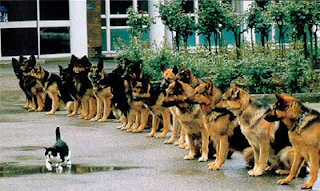Kimi like so many Australian Indigenous woman found herself in violent relationships which saw her close to giving up on life itself. This is when Kimi discovered her talent for painting. Her emotions are shown through her artwork.
Kimi was born in a small country town as a Wiradjuri woman in a home where alcohol was very dominant in the family with her father being physically abusive as well.
After several abusive relationships, Kimi moved with her children to the east coast of NSW where she knew no-one and started a new life. She obtained work and welcomed the chance to partake in any education or training available to her. Although being a single mother her children never went without and she was always there for them.
“What always got me through was knowing there is always someone worse off than yourself, so appreciate what you have”. - Kimi Alcott
We invite you now to take a short journey through Kimi’s paintings and discover for yourself her world of the thoughts and feelings through art, belonging to one of the most oldest cultures in the world - Aboriginal Australia.
Kimi was born in a small country town as a Wiradjuri woman in a home where alcohol was very dominant in the family with her father being physically abusive as well.
After several abusive relationships, Kimi moved with her children to the east coast of NSW where she knew no-one and started a new life. She obtained work and welcomed the chance to partake in any education or training available to her. Although being a single mother her children never went without and she was always there for them.
“What always got me through was knowing there is always someone worse off than yourself, so appreciate what you have”. - Kimi Alcott
We invite you now to take a short journey through Kimi’s paintings and discover for yourself her world of the thoughts and feelings through art, belonging to one of the most oldest cultures in the world - Aboriginal Australia.
To find out more about domestic violence programs, presenting by Kimi Alcott at Enough is Enough, please click here.
To keep up to date with our new articles, please subscribe now!:








